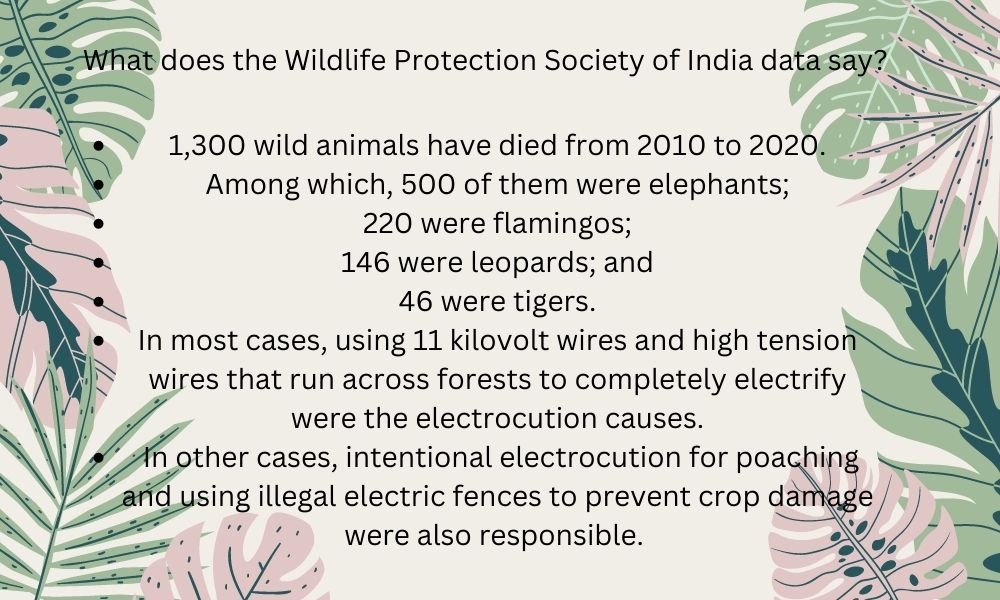The recent death of a grey Slender Loris in Bangalore has opened the conservation again about the slender loris population in Karnataka, and hundreds of wildlife dying due to electrocution in India.
A grey Slender Loris was found electrocuted in the Bangalore University campus on March 27. This has added to the continued worries about this endangered species in Bangalore. Bangalore Mirror reported that this was the first sighting of the primate in BU campus. Bangalore University department of Environment Science head, Dr. B C Nagaraja, was reported to have said that a team from the Indian Institute of Sciences (IISc) had visited the campus before to map the slender loris population living there, but were unable to find any.
This species, that had all but vanished from recent topics of discussions, has again found its way back into environmental conversations with the electrocuted Slender Loris found recently in the BU campus. Experts and wildlife conservationists, according to the India Today article, suggest clearing the campus of electric lines, or insulating them. So far, there has been no successful study conducted on the population of the slender loris population living in the BU campus, which experts further say is crucial.
However, this was not the first concerning report regarding the Slender Loris population in Bengaluru. Down to Earth reported in Oct. 2022 that the already endangered species faces further environmental threat with the increasing concrete jungle of Bengaluru. The article further reported that due to loss of habitat, large chunks of this species has already been lost. Experts suggested that building protected parks to conserve this primate was essential for their survival. This species, that is primarily found in Southern India and Sri Lank, already found an established sanctuary in Tamil Nadu in 2022; a move Karnataka ought to follow.
In 2015, a report by The Guardian had noted the increasingly difficult environment the Slender Lorises have been living in in Bengaluru. A growing population, traffic congestion and noise, along with garbage have polluted the habitats of these primates where they continue to struggle to survive. The Guardian further reported that part of the reason for the decreasing population of the Slender Lorises in Bengaluru city could be owing to snake charmers catching them for show, and pet shop owners trapping them for sale. The Urban Slender Loris Project (USLP) had, at the time, spurred into action to track, map, and record the existing population of Slender Lorises in the city.
The World Wide Fund (WWF) for Nature describes this rare species as squirrel-like and nocturnal primates. They were declared as Endangered by the International Union for Conservation of Nature which puts them under legal protection according to the Schedule I of the Wildlife (Protection) Act of India, 1972.

In addition, a 2022 India Times report states that over 1,300 wild animals had been deliberately and accidentally electrocuted to death in India from 2010 to 2020. At over 500 deaths, elephants held the largest number of animals to have died because of electrocution. However, over hundreds of flamingos, almost two hundred leopards, and almost fifty tigers were also a part of the list. The primary cause of electrocution in majority of the cases were 11 kilovolt overhead lines that run through forests; along with high tension wires that aim to completely electrify rural areas. On coming in contact with these wires, animals die almost instantly.




